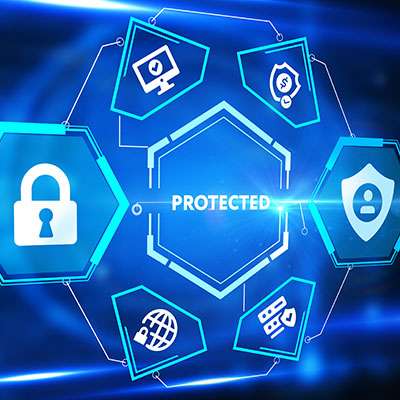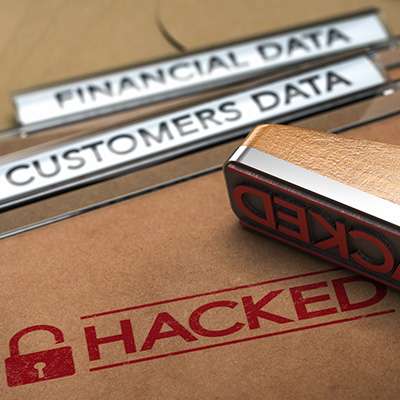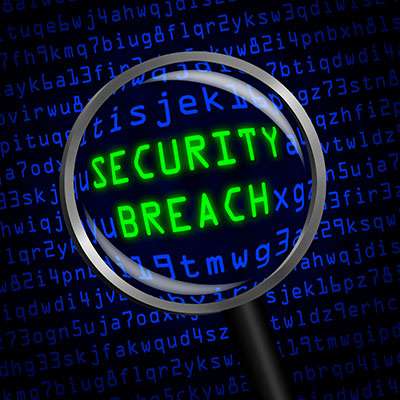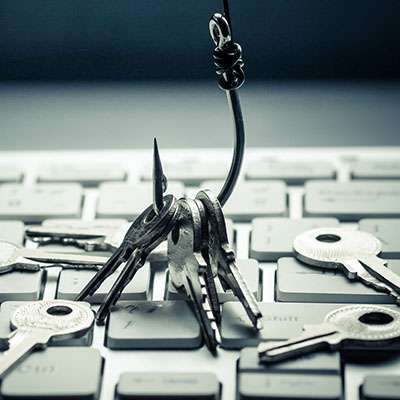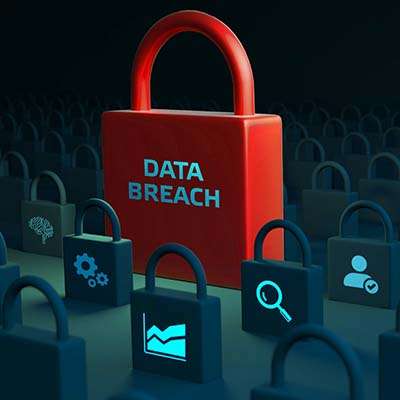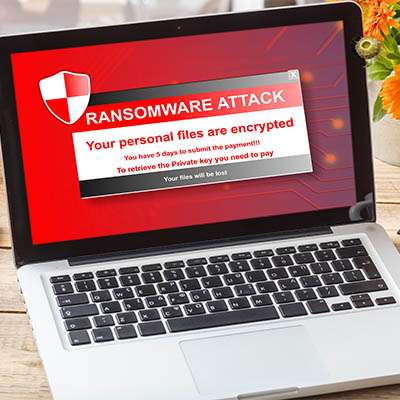Social media scams encompass fraudulent activities and deceptive schemes that occur across numerous social media platforms. These scams target users on platforms like Facebook, X (formerly Twitter), LinkedIn, and various others, irrespective of their age or background. They exploit individuals' trust, curiosity, or lack of awareness. Social media scams manifest in various forms, and the following are some common examples.
Macro Systems Blog
Phishing attacks have been prominent in cybercrime the past few years, not only due to their efficacy but also because there are so many avenues wherein phishing can be attempted. The first that comes to mind is email, naturally, but you and your team need to keep these others in mind.
Take, for example, a phishing voicemail…dubbed, naturally, a “phoicemail.”
It hasn’t been very long since T-Mobile experienced its latest cyber attack, but alas, here we are again. Hackers have again accessed customer data, with 37 million customers being affected amongst both their prepaid and subscription-based accounts.
Listed below is an explanation of the situation, and what can be learned from it.
While many small businesses shrug off cybersecurity needs as too costly an investment for an organization of their size, this is a potentially catastrophic mistake. The fact of the matter is that small businesses are regularly targeted by cyberattacks, making the aforementioned cybersecurity needs even more needed.
With countless threats out in the world, it’s no surprise that some of them go after undiscovered vulnerabilities. These kinds of threats utilize what are called zero-day exploits to make attempts at your sensitive data and technology infrastructure. What is it about zero-day exploits that you must keep in mind during your day-to-day operations and in planning for the future?
Sometimes the most dangerous scams out there are the simplest ones. Hackers don’t require a fancy or complicated malware or algorithm to create chaos for your business; all they have to do is convince you that the email you’ve received in your inbox is from someone of authority within your business. Listed below: how a business email compromise is pulled off and why you need to be wary of threats like these.
Consider this scenario: you’re going about your daily tasks when you receive an email from a cybersecurity company claiming that you have become the target of a hacking attack. You don’t work in IT, so you’re not sure what your security agency is or what security policies or procedures you have in place, so you trust the message and respond to the email. Alas, the message came from a cyberthreat, and now you are on their hook, line and sinker.
Because of the faceless nature of many cybercrime acts, it can be easy to see them as nothing more than the acts themselves, which is of course not true. Behind these attacks are people, and where people performing illegal acts are concerned, there will always be concerns about other criminal acts which perpetuate the ones at the surface.
There is always the possibility that you have been involved with a data breach and you simply have not been contacted by the affected party. Additionally, if a hacker has managed to crack a website or service without being detected, you wouldn’t be notified in any case, either. Ask yourself this question: if I were to be involved with a data breach, how would I know it, and what can I do about it? And what is my data being used for anyway?
Let me ask you a few questions: how confident are you that you could spot an online ruse, and did you know there’s a stain on your shirt right now?
Did you look?
If so, you’ve just fallen for the school playground version of social engineering, a serious threat. Let’s discuss the kind that you’re more likely to see in terms of your business’ cybersecurity.
Data breaches—any event where an organization's confidential data is viewed, copied, or stolen by an unauthorized person or party—are a serious problem. Alas, they are also a serious problem that can be caused by no shortage of situations. Listed below are some of the causes of business data breaches so you’ll know what to keep an eye out for.
Cybersecurity is an important subject for a business’ entire team to appreciate, particularly when it comes to the minute differences between different terms. For instance, a layperson might hear “breach” and automatically think “security incident.” While this technically isn’t incorrect, per se, the two terms aren’t really synonymous.
Let’s take a few moments to dive into the minutiae and define these two terms more clearly.
Twitch, Amazon’s popular streaming service where gamers and content creators broadcast to wide audiences, recently endured a data breach. Due to this data breach, folks on the Internet now know just how much these content creators make, and it has exposed a whole new problem that Amazon must resolve.
Many threats instantly make themselves known on your device the second they install themselves, like ransomware and other kinds of malware. Others, like the newly discovered threat called MosaicLoader, discreetly install themselves in the background of your device and cause issues behind the scenes.
The cyberattack on SolarWinds was devastating for many reasons, and Microsoft has officially uncovered yet another kind of malware used in the attack on the software provider: a backdoor threat they have named FoggyWeb. What does this threat do and why is it so imperative to look at this incident even now?




